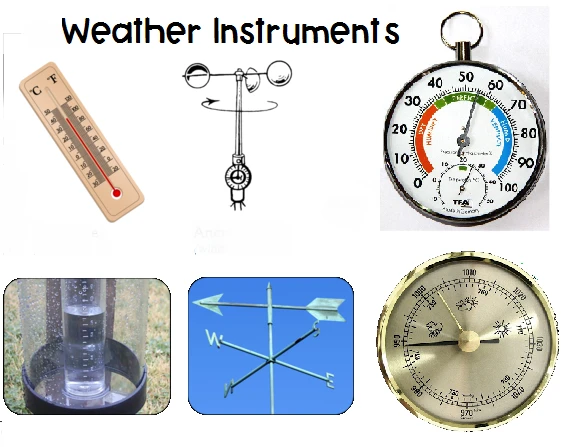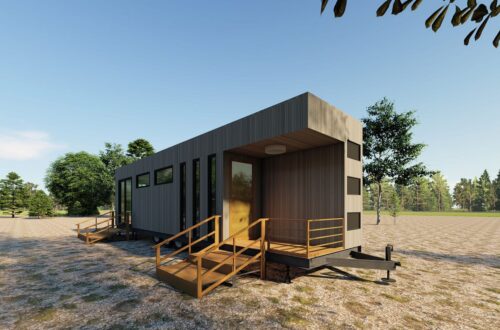Weather Instruments: Tools for Measuring Atmospheric Conditions

# Weather Instruments: Tools for Measuring Atmospheric Conditions
## Understanding the Importance of Weather Instruments
Weather instruments play a crucial role in meteorology by providing accurate measurements of atmospheric conditions. These tools help scientists, forecasters, and even everyday people understand and predict weather patterns, which is essential for agriculture, transportation, and disaster preparedness.
## Essential Weather Instruments and Their Functions
### 1. Thermometer
The thermometer is perhaps the most familiar weather instrument. It measures air temperature, which is fundamental to understanding current weather conditions and predicting future patterns.
### 2. Barometer
A barometer measures atmospheric pressure, which is crucial for forecasting weather changes. Falling pressure often indicates approaching storms, while rising pressure suggests fair weather.
### 3. Hygrometer
This instrument measures humidity – the amount of water vapor in the air. Humidity affects how we perceive temperature and plays a significant role in weather formation.
### 4. Anemometer
Anemometers measure wind speed, an important factor in weather forecasting and for industries like aviation and shipping.
### 5. Rain Gauge
A simple yet vital tool, the rain gauge measures precipitation amounts over a set period, providing data for water resource management and flood prediction.
## Advanced Weather Measurement Tools
### Weather Satellites
Modern meteorology relies heavily on weather satellites that provide comprehensive data about cloud cover, storm systems, and other atmospheric phenomena from space.
### Doppler Radar
This sophisticated technology detects precipitation, measures its motion, and estimates its type (rain, snow, hail). It’s particularly valuable for severe weather warnings.
### Weather Balloons
Equipped with various sensors (called radiosondes), weather balloons collect data about temperature, humidity, and pressure at different altitudes in the atmosphere.
## The Evolution of Weather Instruments
From simple mercury thermometers to advanced satellite systems, weather instruments have evolved dramatically. Early sailors used basic tools to predict storms, while today’s meteorologists use computer models fed by data from thousands of instruments worldwide.
## How Weather Instruments Impact Our Daily Lives
Accurate weather measurements help us:
– Plan outdoor activities
– Prepare for severe weather
– Optimize agricultural practices
– Improve flight safety
– Manage energy resources
## Maintaining and Using Weather Instruments Properly
For accurate measurements:
– Place instruments in appropriate locations (away from buildings, trees, or heat sources)
– Calibrate instruments regularly
– Follow manufacturer instructions for maintenance
– Record data consistently for meaningful analysis
## The Future of Weather Instrumentation
Emerging technologies like AI-powered sensors, drone-based measurements, and more sophisticated satellite systems promise even greater accuracy in weather forecasting. These advancements will help us better understand climate change and improve our ability to predict extreme weather events.
Keyword: instruments of the weather


